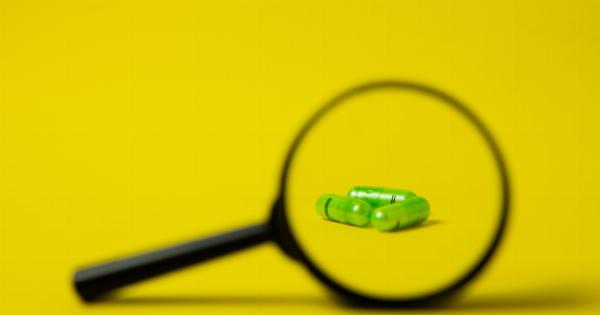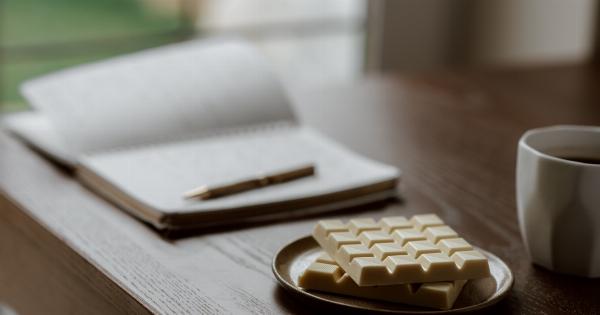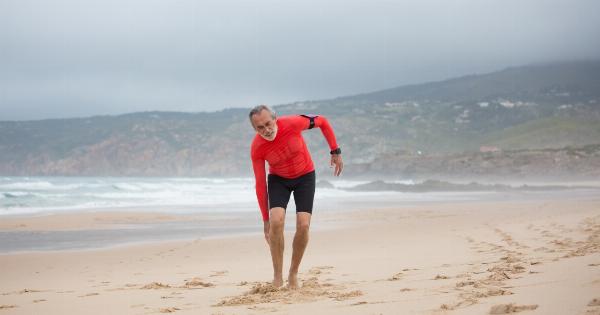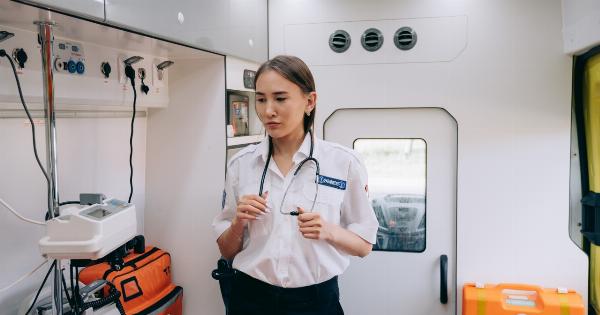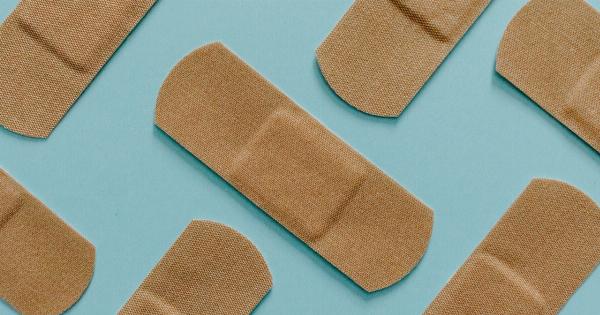Waist pain is a common complaint that affects people of all ages. One way to find relief from waist pain is to utilize pressure points.
Pressure points are specific areas of the body that have a high concentration of nerve endings, and applying pressure to these points can help to alleviate pain and other symptoms.
The Basics of Pressure Points
Pressure points are areas on the body where the muscles, tendons, and ligaments are closer to the skin’s surface, making them more sensitive to pressure and touch.
Applying pressure to these points can stimulate the body’s natural healing response, increasing blood flow and relieving pain and tension.
Pressure points are often used in traditional Chinese medicine, acupuncture, and reflexology. These techniques focus on specific points on the body to promote healing, relaxation, and pain relief.
Pressure Points for Waist Pain Relief
Waist pain can be caused by a variety of factors, including poor posture, muscle strain, injury, or underlying health conditions. Here are ten pressure points that may help to relieve waist pain:.
1. Lower Back Point
The lower back point is located on the lower back, just above the buttocks, at the level of the waist. To stimulate this pressure point, place your palms on your lower back, fingers pointing downward, with your thumbs pointing outward.
Apply pressure to the area and massage in circular motions for two to three minutes.
2. Sea of Vitality Point
The Sea of Vitality point is found on the lower back, about four finger-widths away from the spine, on either side. To stimulate this pressure point, use your fingertips or knuckles to apply firm pressure to the area.
Hold the pressure for a few seconds and then release. Repeat several times.
3. Bigger Rushing Point
The Bigger Rushing point is located on the top of the foot, in the valley between the big toe and the second toe. To stimulate this pressure point, use your index and middle fingers to apply firm, steady pressure to the area.
Hold the pressure for a few seconds and then release. Repeat several times.
4. Inner Gate Point
The Inner Gate point is found on the inner forearm, about two thumb-widths above the wrist crease. To stimulate this pressure point, use your thumb to apply pressure to the area and massage in circular motions for two to three minutes.
5. Outer Gate Point
The Outer Gate point is located on the outer forearm, about two thumb-widths above the wrist crease. To stimulate this pressure point, use your thumb to apply pressure to the area and massage in circular motions for two to three minutes.
6. Stomach Point 36
The Stomach Point 36 is found on the lower leg, about four finger-widths below the kneecap, on the outside of the shinbone. To stimulate this pressure point, use your fingertips to apply firm, steady pressure to the area.
Hold the pressure for a few seconds and then release. Repeat several times.
7. Gallbladder Point 34
The Gallbladder Point 34 is located on the outer leg, about four finger-widths above the ankle bone. To stimulate this pressure point, use your fingertips to apply firm, steady pressure to the area. Hold the pressure for a few seconds and then release.
Repeat several times.
8. Kidney Point 3
The Kidney Point 3 is found on the inner ankle, just behind the anklebone. To stimulate this pressure point, use your index and middle fingers to apply firm, steady pressure to the area. Hold the pressure for a few seconds and then release.
Repeat several times.
9. Sacral Points
The sacral points are located on the lower back, on either side of the spine, just above the buttocks. To stimulate these pressure points, use your fingertips or knuckles to apply firm, steady pressure to the area.
Hold the pressure for a few seconds and then release. Repeat several times.
10. Foot Points
There are several pressure points on the feet that may help to relieve waist pain. To stimulate these points, use your fingers or a massage tool to apply firm, steady pressure to the area. Hold the pressure for a few seconds and then release.
Repeat several times.
Conclusion
Pressure points can be a useful tool in the management and relief of waist pain. However, it is important to remember that pressure points should not be relied on as the sole method of treatment for any medical condition.
If you are experiencing chronic or severe waist pain, it is important to consult a healthcare professional for a proper diagnosis and treatment plan.








